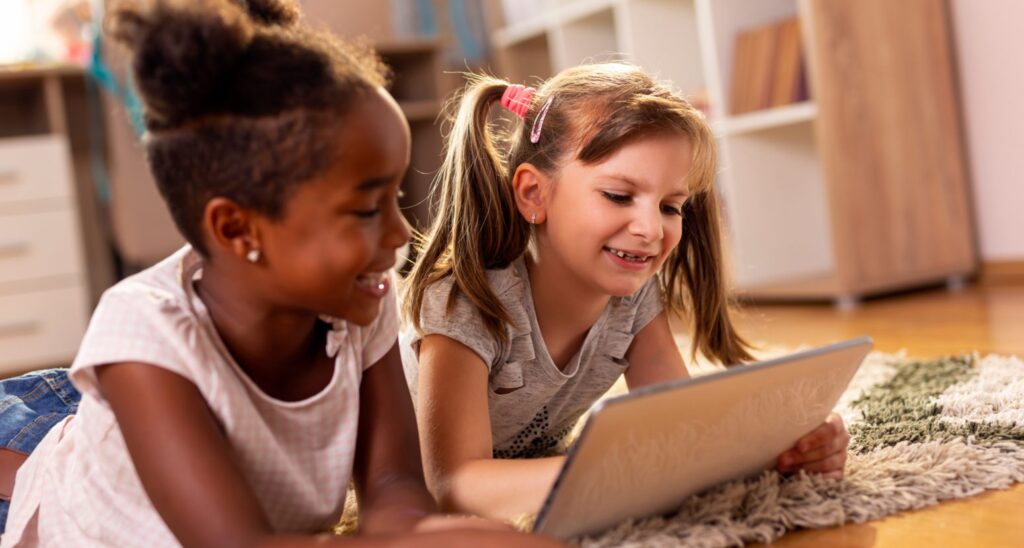Screens are everywhere—TVs, tablets, smartphones, computers—and while technology can be educational and entertaining, too much screen time can affect your child’s development, sleep, behavior, and emotional regulation.
The goal isn’t to eliminate screens, but to create a healthy balance that allows room for play, connection, learning, and rest.
1. Understand the Effects of Too Much Screen Time
Excessive screen use in children has been linked to:
- Shorter attention spans
- Disrupted sleep patterns
- Less physical activity
- Increased irritability or aggression
- Delayed social and emotional skills
Being informed helps you make intentional choices.
2. Set Clear and Consistent Limits
Kids do better with structure. Create family rules around:
- Total screen time per day (e.g., 1 hour on weekdays)
- No screens during meals or before bed
- Tech-free family time (e.g., weekends or after dinner)
Explain the why behind your rules so they understand the purpose.
3. Prioritize High-Quality Content
Not all screen time is equal. Choose educational or creative programs that promote critical thinking, movement, or emotional learning.
Look for shows, games, and apps designed for your child’s age and development level.
4. Co-View and Co-Play
Watch shows or play games together. Ask questions like:
- “What do you like about this character?”
- “What would you do in that situation?”
This turns screen time into shared learning time and opens up valuable conversations.
5. Create a Screen-Free Environment in Bedrooms
Keeping screens out of bedrooms supports better sleep and healthy boundaries. Encourage books, music, or quiet toys instead.
Make bedtime a tech-free ritual that promotes calm and connection.
6. Encourage Screen-Free Alternatives
Make it easy for your child to enjoy non-digital activities:
- Arts and crafts
- Outdoor play
- Building with blocks or Legos
- Reading
- Cooking together
Let them discover the joy of being offline.
7. Be a Role Model
Your child will mirror your screen habits. Limit your own tech use during family time and meals. Show them that real-life presence matters more than online content.
8. Use Screens as a Tool, Not a Babysitter
It’s okay to use screens occasionally to get things done—but don’t rely on them for constant entertainment or emotional soothing.
Teach your child to self-regulate and find other ways to handle boredom or big emotions.
Final Thoughts: It’s About Balance, Not Perfection
Screens are part of modern life—but they shouldn’t replace real connection, movement, or creativity. By setting thoughtful limits and modeling mindful use, you can help your child grow into a healthy, tech-wise person.
A balanced approach to technology today builds healthy habits for life.



